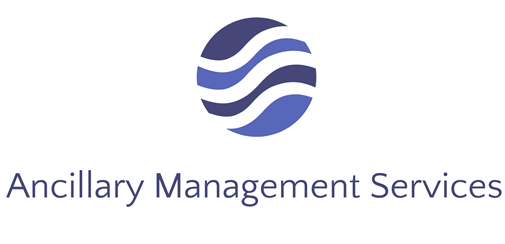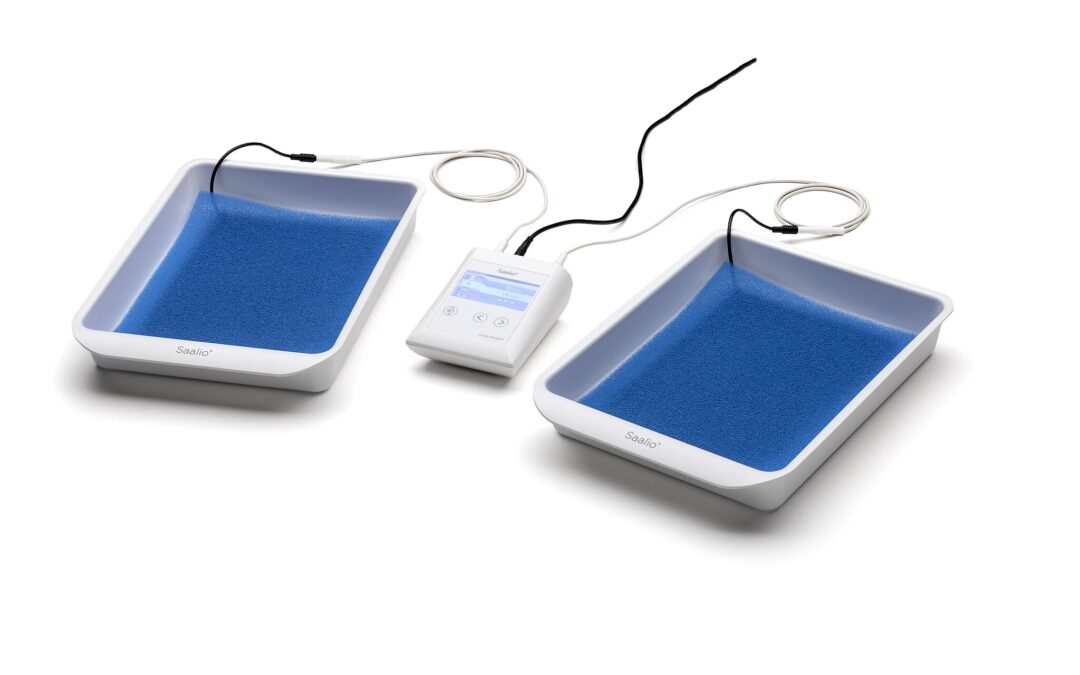Incorporating innovative and effective treatment modalities into a physical therapy practice is essential for optimizing patient outcomes. One such modality gaining traction in the field is iontophoresis, a specialized therapeutic technique that leverages mild electrical currents to deliver medication through the skin into underlying tissues. Iontophoresis enhances the penetration and effectiveness of the medication, offering targeted and efficient treatment for a variety of musculoskeletal conditions.
Iontophoresis is a non-invasive procedure that uses a low-level electrical current to “push” medication through the skin and into deeper tissues. This method of drug delivery allows for higher concentrations of medication to reach the affected area directly, leading to more effective and localized treatment. The primary advantage of iontophoresis is its ability to deliver anti-inflammatory and pain-relieving medications precisely where they are needed, minimizing systemic exposure and potential side effects associated with oral medications.
Diagnoses Treated with Iontophoresis
Iontophoresis is a versatile treatment that can address a wide range of musculoskeletal conditions. Below are some common diagnoses that can benefit from iontophoresis:
Tendinitis and Tendon Injuries
Conditions such as Achilles tendinitis, rotator cuff tendinitis, and tennis elbow can cause significant pain and impair function. Iontophoresis helps reduce inflammation and promotes healing in the affected tendons by delivering anti-inflammatory medications to the site of injury. This targeted approach not only alleviates pain but also accelerates the healing process, allowing patients to return to their activities more quickly.
Plantar fasciitis is a common condition that affects the band of tissue (plantar fascia) supporting the arch of the foot. It can cause severe heel pain, particularly in the morning or after prolonged periods of standing. Iontophoresis can help alleviate the pain and inflammation associated with plantar fasciitis by directing medication to the affected tissue, providing significant relief and improving the patient’s ability to engage in daily activities.
Bursitis is the painful inflammation of a bursa, a small fluid-filled sac that minimizes friction between tendons and bones. Common sites of bursitis include the shoulder, elbow, hip, and knee. Iontophoresis can effectively treat inflamed bursa, reducing pain and swelling and enhancing the patient’s range of motion and function.
Ligament sprains, such as those in the ankle or knee, can cause significant pain and instability. Iontophoresis can aid in the healing process by delivering medication to injured ligaments, reducing pain and inflammation. This treatment can be particularly beneficial in the early stages of rehabilitation and can help patients regain stability and strength in the affected joints.
Muscle strains, whether due to overuse or acute injury, can be debilitating and hinder a patient’s ability to perform daily tasks. Iontophoresis can ease muscle pain and promote faster recovery by directly targeting strained muscles with pain-relieving and anti-inflammatory medicines. Patients may be able to resume their daily activities more quickly.
Why Is Iontophoresis a Good Treatment Choice?
Not only can iontophoresis treat a variety of different conditions, but it also comes with numerous other benefits.
One of the primary advantages of iontophoresis is that it is a non-invasive treatment that does not require injections or incisions. This makes it a well-tolerated and painless option for patients, reducing anxiety and discomfort associated with more invasive procedures.
Iontophoresis allows for precise targeting of the affected area, ensuring that the medication reaches the intended site of injury or inflammation. This targeted delivery results in more effective treatment, as higher concentrations of the medication can be delivered directly to the site where it is needed most.
Because iontophoresis delivers medication locally rather than systemically, it minimizes the risk of systemic side effects that may be associated with oral medications. This is particularly beneficial for patients who are sensitive to certain medications or who have underlying health conditions that make systemic drug administration problematic.
Iontophoresis promotes healing at a cellular level by reducing inflammation and supporting tissue repair. This accelerated recovery process helps patients return to their daily activities sooner, improving overall quality of life and reducing the burden of prolonged pain and disability.
Iontophoresis is commonly used in conjunction with other physical therapy treatments, such as therapeutic exercises, manual therapy, and modalities like ultrasound or electrical stimulation. This integrative approach can optimize overall recovery by addressing multiple aspects of the patient’s condition, enhancing the effectiveness of the treatment plan.
Revamping Physical Therapy With Iontophoresis
Incorporating iontophoresis into your physical therapy practice can provide significant benefits for your patients, as it offers targeted and efficient treatment for a variety of musculoskeletal conditions. By understanding the advantages of iontophoresis and effectively communicating these benefits to your patients, you can enhance patient engagement, adherence to treatment plans, and overall satisfaction with their care.
As physical therapists, embracing innovative modalities like iontophoresis can elevate the standard of care and support optimal patient outcomes, helping patients achieve their goals and return to their daily activities with improved function and reduced pain.

